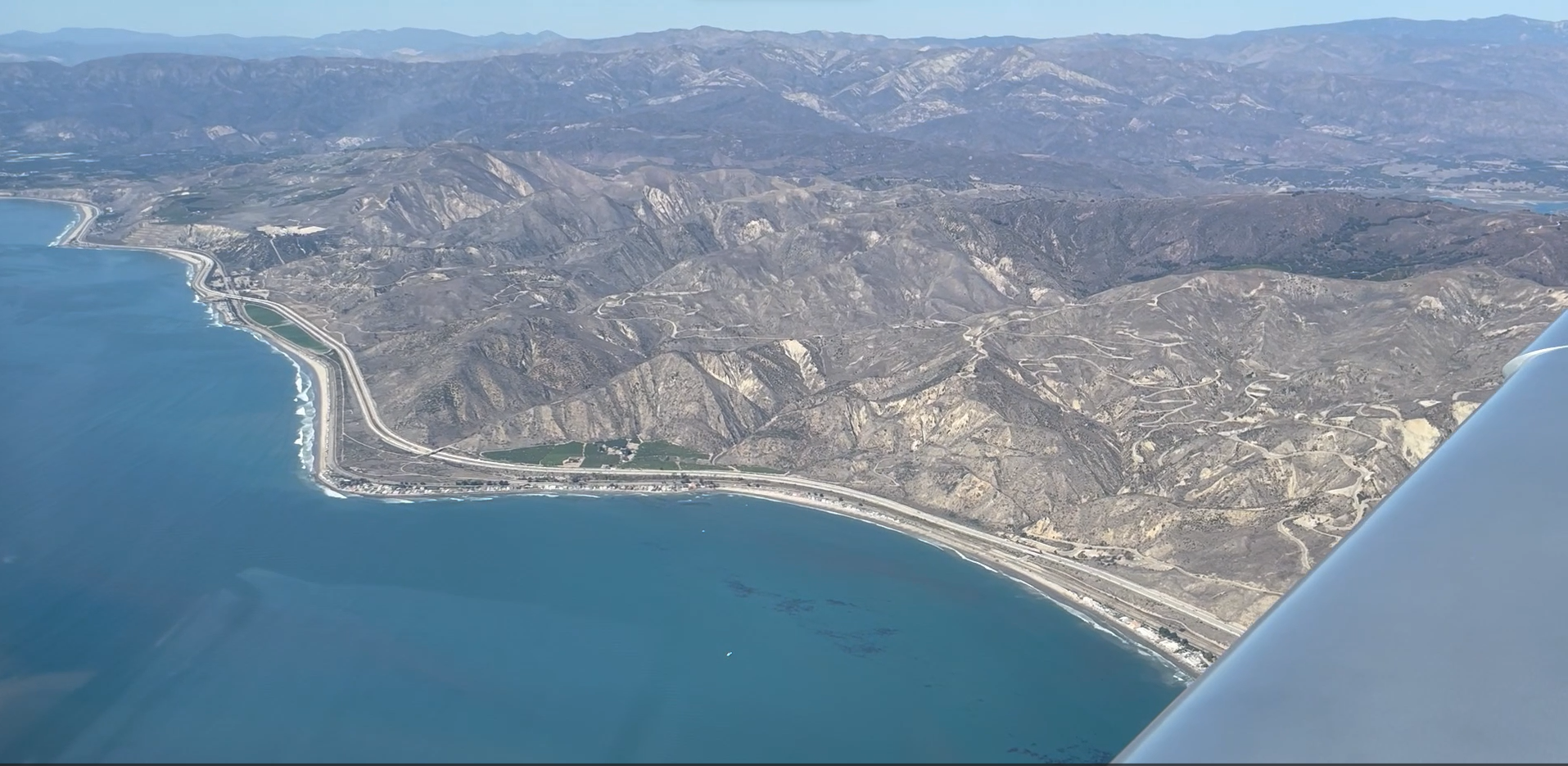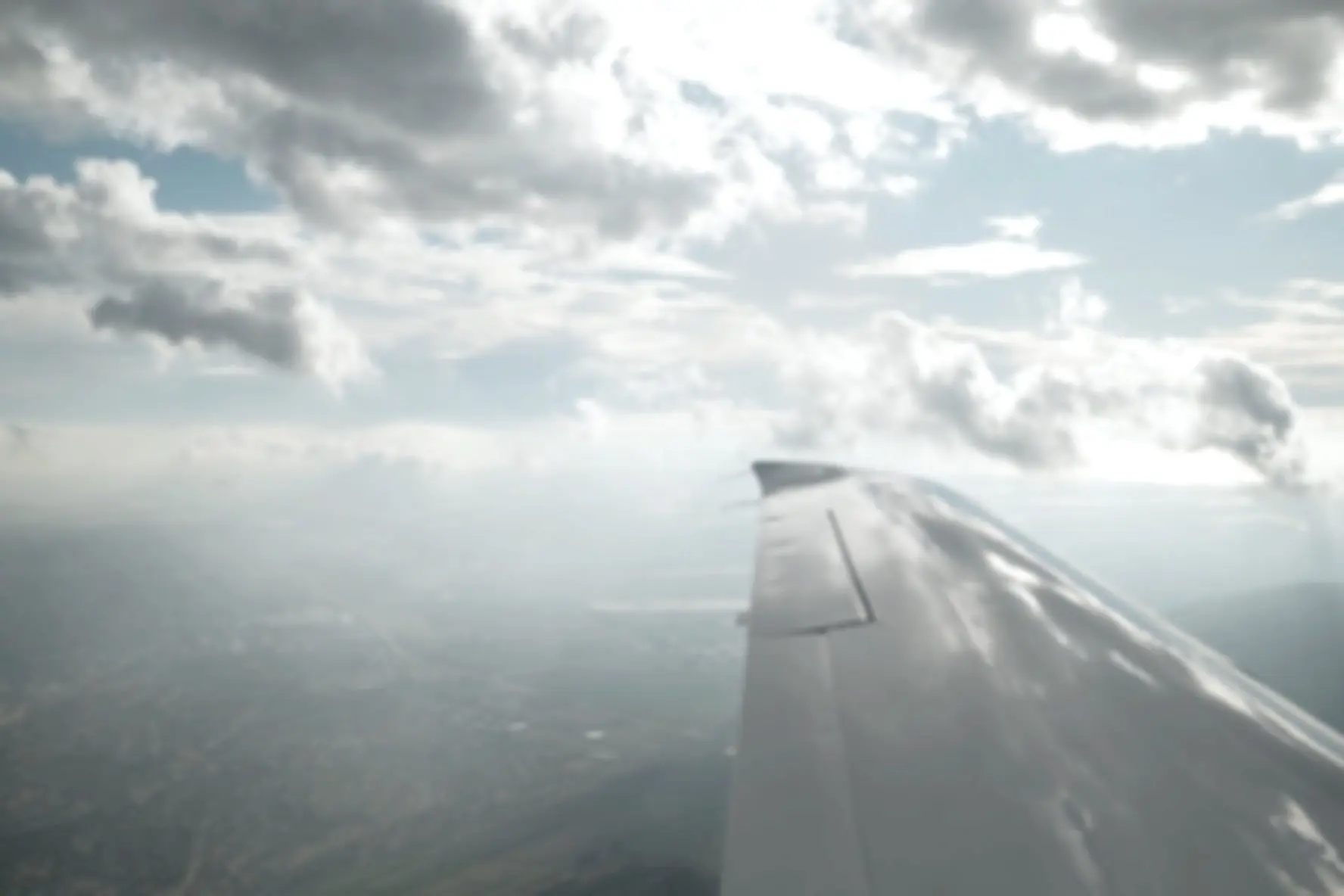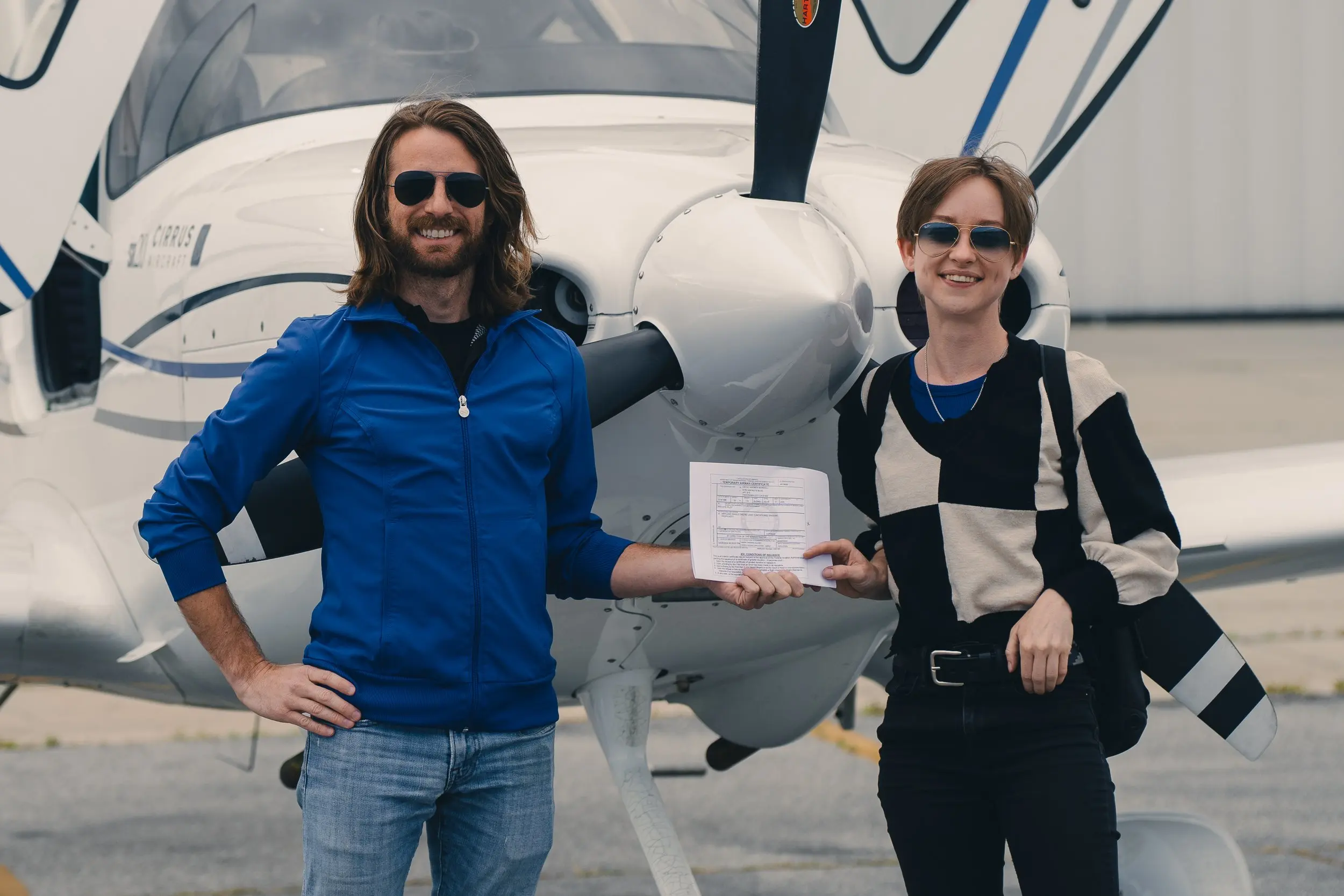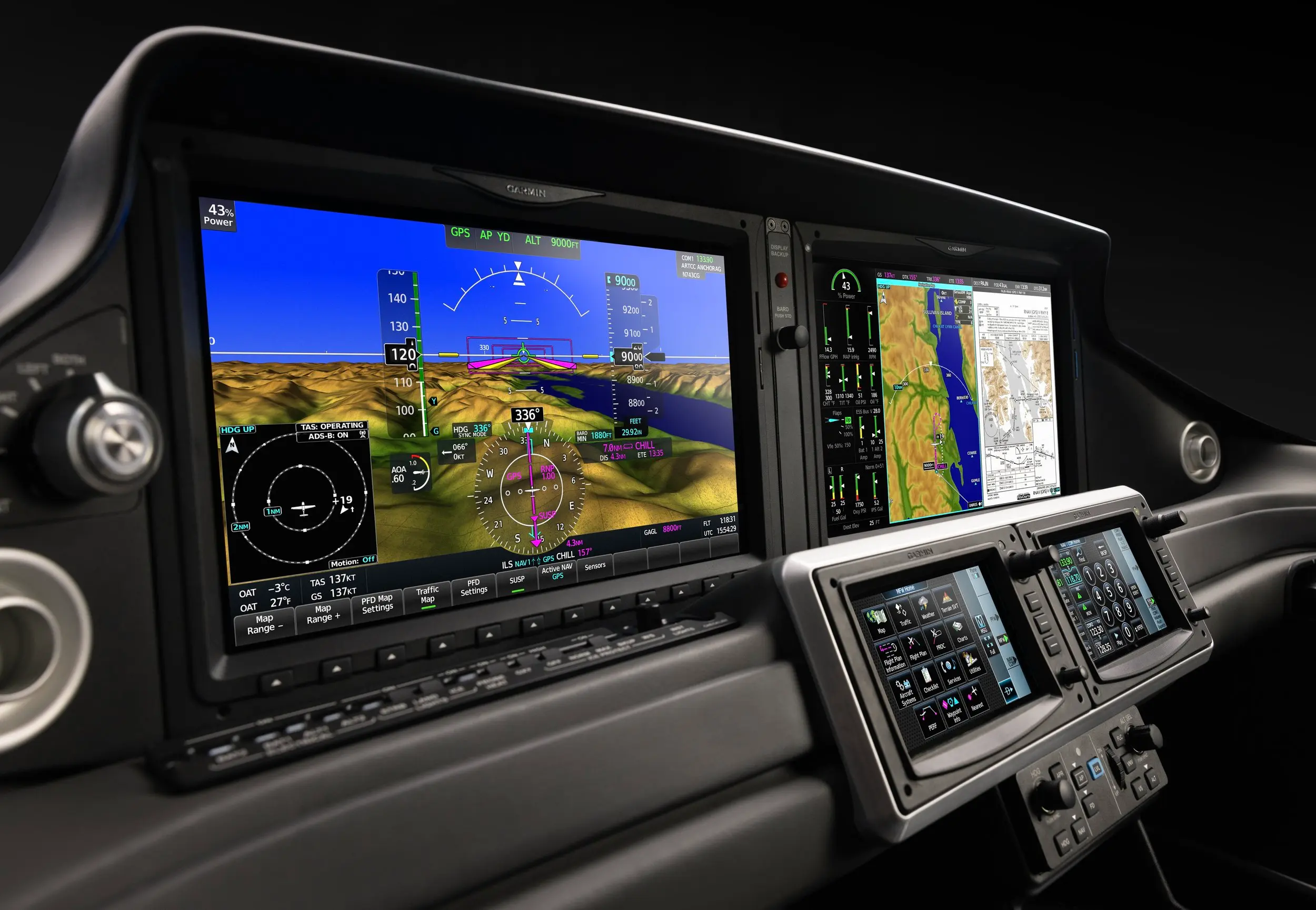



Be a U.S. citizen or comply with TSA requirements
16 years of age to solo
17 years of age for license
Must have an FAA 3rd class medical
Minimum of 40 flight hours
Pass FAA Private Pilot written exam
Must be proficient in the English language
Master different types of takeoffs and landings
Develop mastery of your aircraft during different phases of flight
Understand and practice a variety of flight envelope maneuvers
Develop the skills to fly in day and night conditions
Understand how to mange aircraft emergencies
Develop an understanding of aircraft systems
Understand and apply aerodynamic theory
Develop and practice aeronautical decision-making skills
Fly day or night
Rent our single-engine airplanes
Carry passengers
Fly in Visual Flight Rules (VFR) conditions

Further milestones may be met within the category of flight instructor, earning you different types of certifications:
Certified Flight Instructor (CFI): A flight instructor for single-engine aircraft
Certified Flight Instructor – Instrument (CFII): A flight instructor that teaches instrument flying
Multi-Engine Instructor (MEI): A flight instructor for multi-engine aircraft
18 Years of age to solo
Hold either a Commercial Pilot Certificate or ATP and an instrument rating
Have logged at least 250 hours of flight time
Must have an FAA 3rd class medical
Pass the required FAA knowledge tests
Pass FAA Private Pilot written exam
Must be proficient in the English language
Work with a 2 year instructor to master the instructional process
Teach current Private Pilot clients with instructor supervision
Learn to fly and master all PPL and CPL maneuvers from the right seat